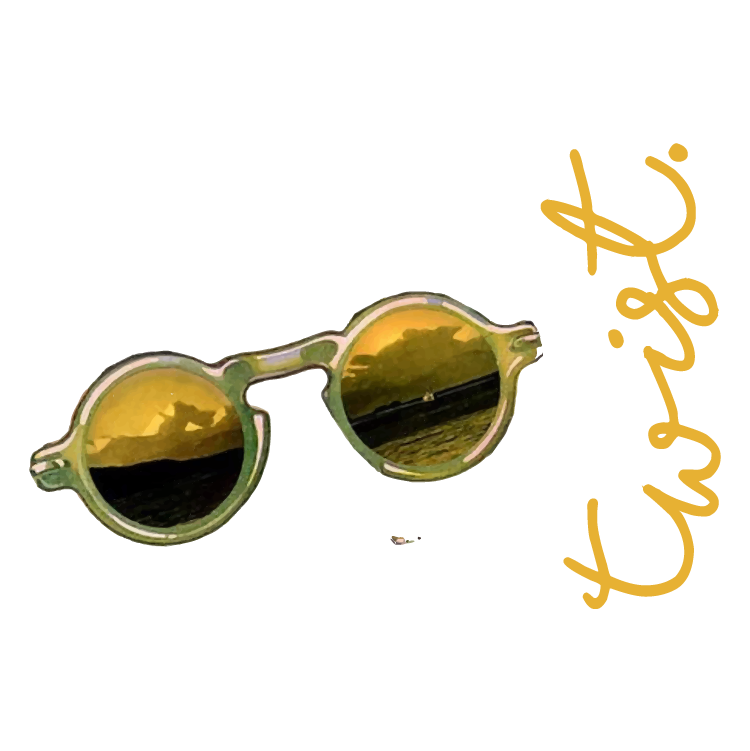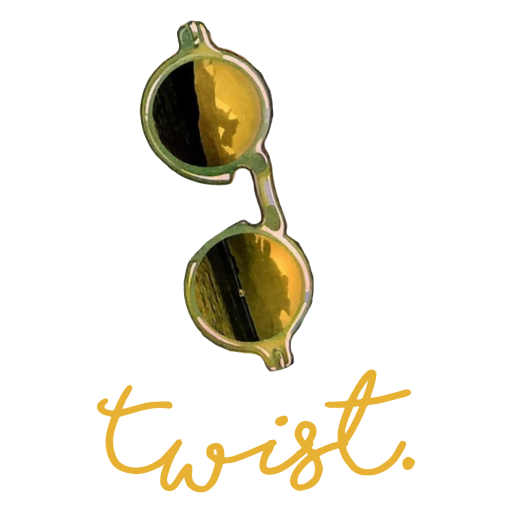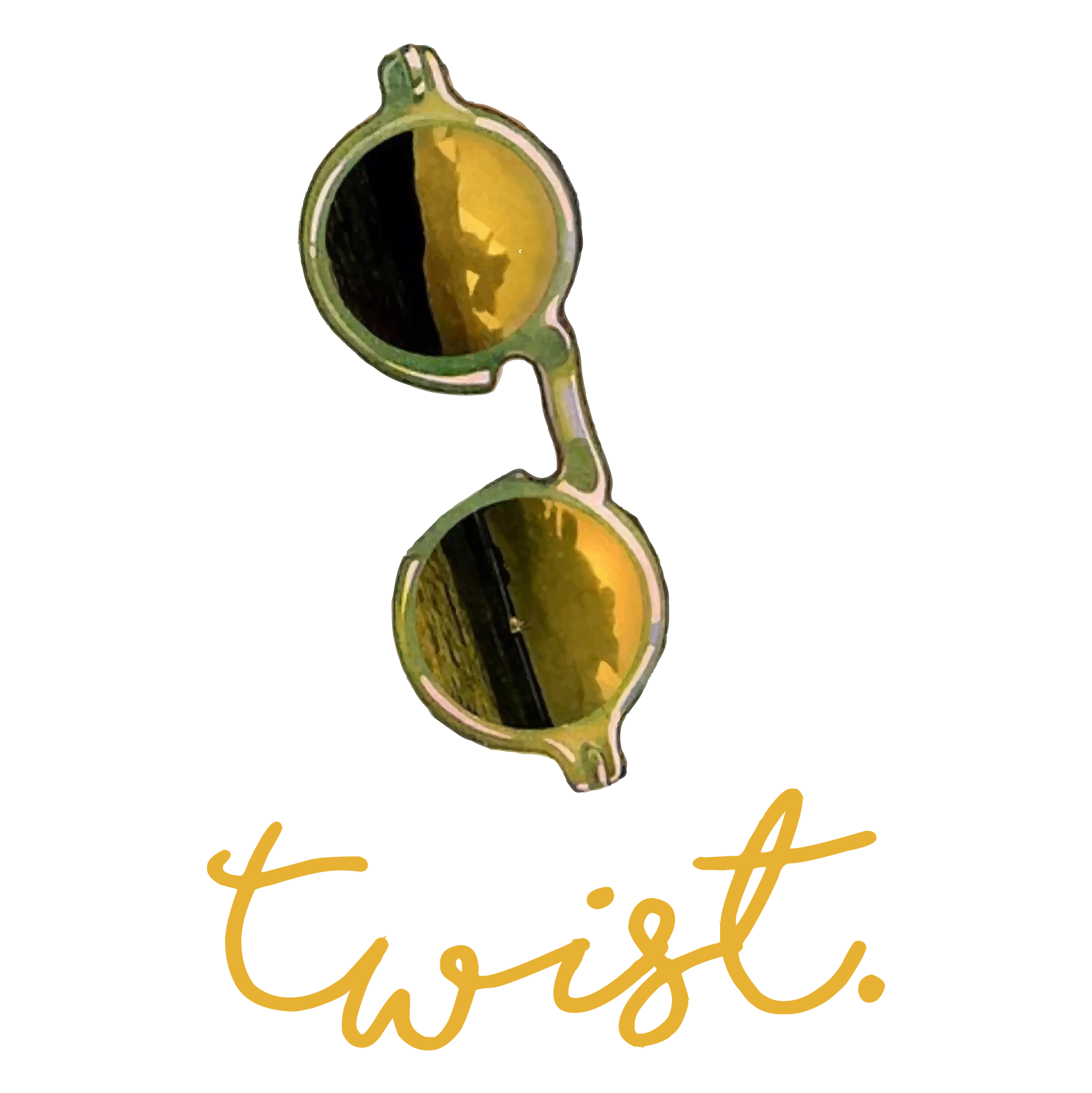And also this mainly is true for narrow-mouth container produced by this new Owens servers and therefore did not extremely start to dominate bottles production up until on 1908-1910 (Toulouse 1967; Miller & Sullivan 1981; Jones & Sullivan 1989; Boow 1991; Miller & McNichol 2002; Lockhart persm
C. Most other closure/end kind of – There are a lot of finish styles that accepted crown caps, lightening stoppers, or other types of closures which do not resemble either of the choices here. If your bottle does not fit “A” or “B” above, you will need to visit other site pages like Bottle Finishes & Closures and/or Bottle Typing/Diagnostic Shapes for more information.
Applied colour tags otherwise lettering (also known as ACL or pyroglazing) try a familiar way of permanently labels otherwise manager marking a good container without the use of fragile report names. It had been most commonly known undoubtedly into soft drink and milk products bottles, but may occasionally be found toward other sorts of container. See the photo off to the right to possess a good example of a beneficial easy a couple “color” (black and white) ACL soft drink container.
An ACL soda or dairy bottle normally schedules zero sooner than 1933 (possibly 1931 when Owens-Illinois Mug Co. are trying out the method [Hoenig persm. 2/2019]) when the ACL techniques was first observed to have commercial use in the us (Girade 1989), having nearly over desired by the bottles manufacturers (and you will pages) by the early 1940s (Lockhart persm. 2003). Of many drink and many other kinds of bottles continue to be lead today that have ACL’s (age.g., Corona™ Beer) delivering zero cancellation go out for this element.
The second current article – readily available only on this web site – should be thought about for these questioning just about everything throughout the ACL’s:
Lockhart, Bill and you will Bob Brownish (with efforts from the Chris Weide and you may Russ Hoenig) . 2019. The Glamorous Applied Color Labels. Historic Glass Bottle Identification & Information Website, E-published . A c omprehensive article on the history, processes and use of ACL labeling beginning in the early 1930s. This article is available on this site at:
(Note: It ought to be noticed that embossed milk and you can soda container stayed produced better immediately following similar ACL systems were controling industry, which have embossed whole milk bottle converted to the fresh new 1950s and you can soft drink bottles on the sixties and later [empirical findings]).
Matter #fourteen : Does the bottle have a shallowly incised circle on the base that is (usually) between 1/3″ to 3/4″ (10-18mm) in diameter?
A device draw is usually really well round and you can about step one/2″ inches (12-14 mm) inside the diameter although can occasionally become a bit faster (10-12 mm) otherwise big (around about 24 mm)
The fresh circle was incised or dramatically indented on the facial skin off the new mug and can getting distinctly sensed from the running ones finger nail along the draw. Toward quite rare times (by several additional mug companies) the fresh en iyi pegging siteleri device rod got a mold count incised inside it which perform emboss the bottom of the new package with this particular count whenever ejecting the parison; this type of amounts continue to be centered from inside the inside the ejection ; empirical findings).
Valve marks are particularly strange into slim necked/mouth area (bore) container systems though there are a couple of exclusions since valve marks are occasionally viewed for the early (1910s) machine-made beer and you will soft drink package. A minumum of one brand name (Cumberland Cup Production Company, Bridgeton, NJ) created and you will used a kind of partial-automated push-and-strike host during the 1910 and this did create narrow neck package you to definitely most likely contributed to a valve mark on the base of this new bottles produced in the early 1910s (Lockhart persm. 2006; Peters persm. 2007). For this reason, the presence of a device mark on a soft drink otherwise alcohol bottles do indicate a thin manufacture day during the early 1910s.
During the mid-1890s, semi-automatic machines began to be used for the production of bottles and jars. The first production bottles known to have been made on semi-automatic machines were wide mouth Vaseline bottles made by the C. L. Flaccus Glass Co. in 1894 (Lockhart et al. 2007d, Lockhart 2015). (*See linked article below [Lockhart 2015] for more information on the early machines that made Vaseline bottles.) For the first decade or so of use (i.e. up to about 1905) semi-automatic machines were useful almost exclusively for the production of wide mouth bottles and jars (picture to the left) due to the limitations of the press-and-blow machines in use at that time. Because of this, non-Owens machine-made bottles (see “General Machine-made Diagnostic Features” point #5 at the beginning of this page) with narrow necks- like the medicinal bottles pictured below right – will essentially always date after 1905 and virtually always after 1910. 2003).


